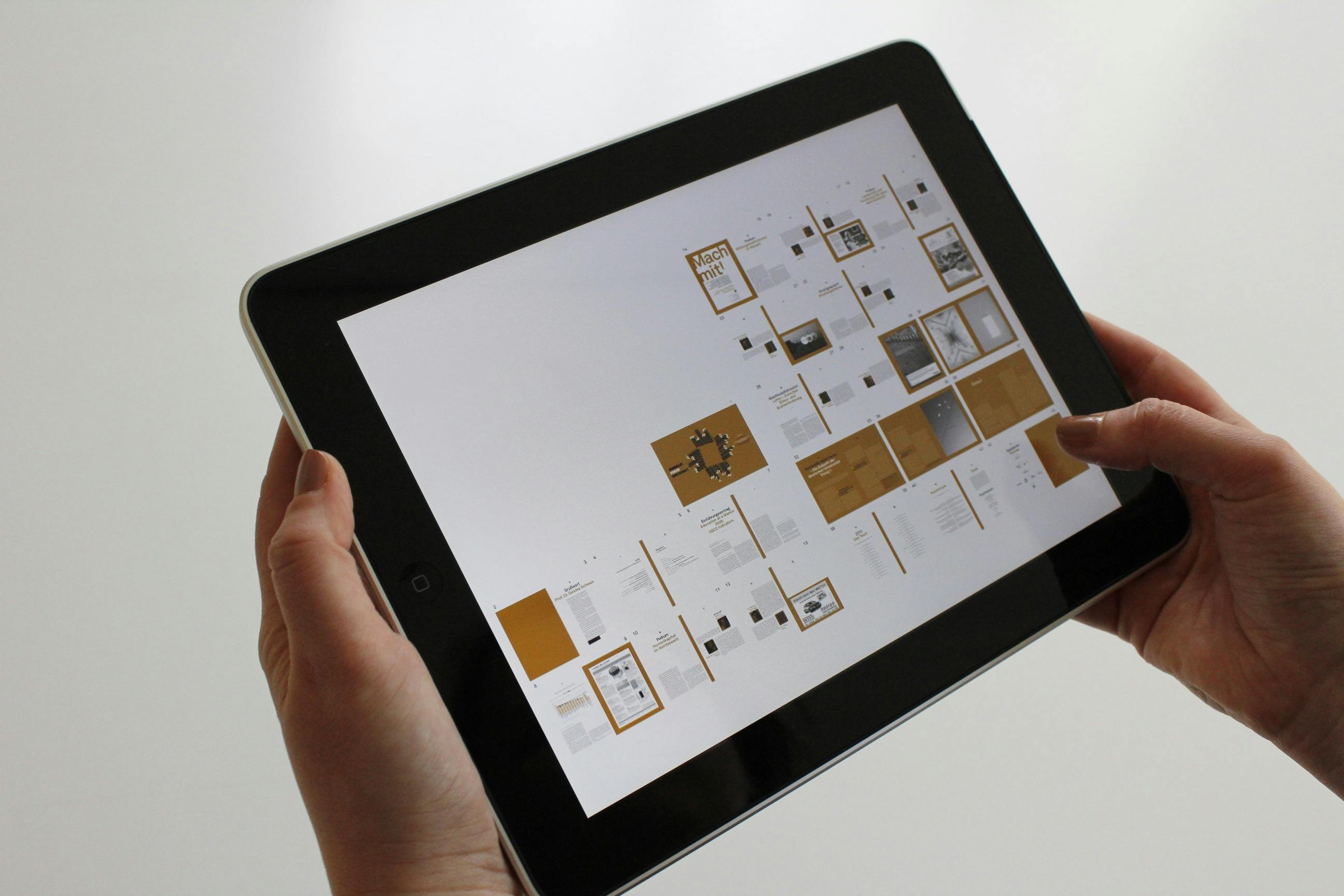In Kente weaving, prior to carrying out the weaving process, the necessary materials and tools / equipment must be known and assembled, as well as the production processes. The tools and materials required for the production of kente fabric include:
– Loom and its accessories
– Threads (assorted colors)
– Drag stone (to cast)
– Shed poles (to tighten the warp)
– Winder, etc.
The production processes for Kente fabric are discussed below.
(i) Planning and design: Involves the planning and design of the kente patterns to weave on a square paper with vertical and horizontal sections or preferably by using a graphic sheet. In the graphic sheet layout, the vertical column indicates the warp threads while the horizontal column represents the weft threads.
(ii) Warp: This is the process of obtaining and determining the length of the warp threads and the total number of ends, as well as the color patterns of the warp threads to be used for kente weaving. It also helps greatly to secure the crosses in the warp for easy identification. Warping is done on a warp mill or warp board.
(iii) Beam: This is the winding of the warp yarns on the roll after the raddle is used to spread and stretch the warp yarns.
(iv) Heddling: It is the passage of the ends of the individual warp through the eye of the healds with the help of a heddle hook. The order of the heddle depends on the weaving plan and this has to be designed to know how to draw each of the ends through the eyes of the heddle. A loom with two heald frames to be used for the production of a plain weave has the heald order as 1,2, 1,2, while a four heald loom has the heald order as 1,2,3, 4, 1,2, 3.4.
(v) Remedy: This is the process of passing the ends of the individual warp through the dents in the shank with a shank hook. It should be noted that two or more ends can be passed through a dent if the fabric is required to be compact and also if the selvage is to be reinforced.
(vi) Tying: It is the process of connecting the heddle frames to the pedals with the purpose of detaching. Like the heald order, the tie order also depends on the weaving pattern. The warp threads are tied to the drag stone and cloth roller.
(vii) Tensioning: Placing heald shafts on pulleys and the proper festoon and tensioning.
(viii) Weft Preparation / Bobbin Winding: Preparation of the weft threads on the bobbins or bobbins for the continuous weaving process. The tool used for winding the weft threads is the winder.
(ix) Detachment: It is the rise and fall of the warp threads alternating the pedals or pedals with the feet to create an opening for the shuttle to pass.
(x) Picking: It is the only crossing of the bobbin-loaded shuttle from one side of the loom to the other to place a weft thread.
(xi) Hitting: This is the use of the reed to hit the newly inserted weft until the fabric falls.
It should be noted that the primary or basic movements on the loom are the main actions that take place during the actual weaving, thus it becomes part of the weaving process.

